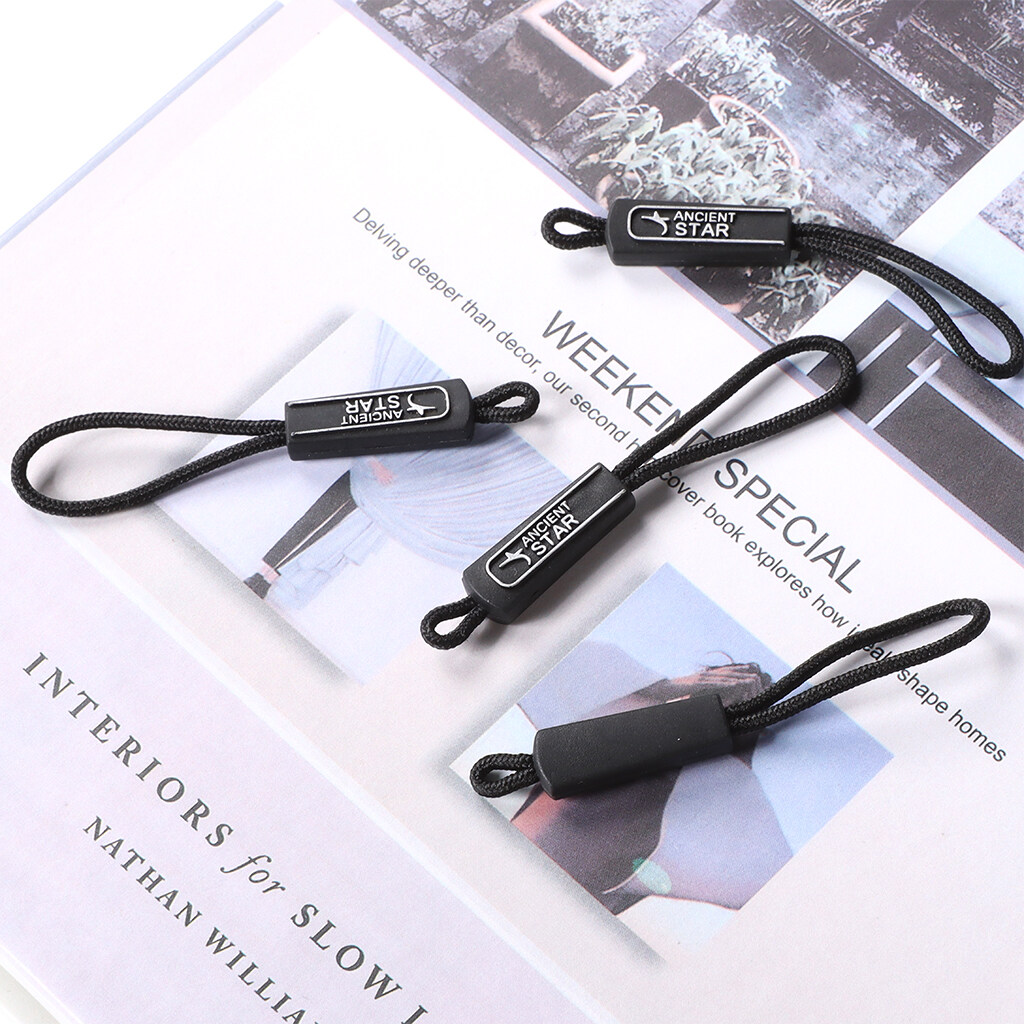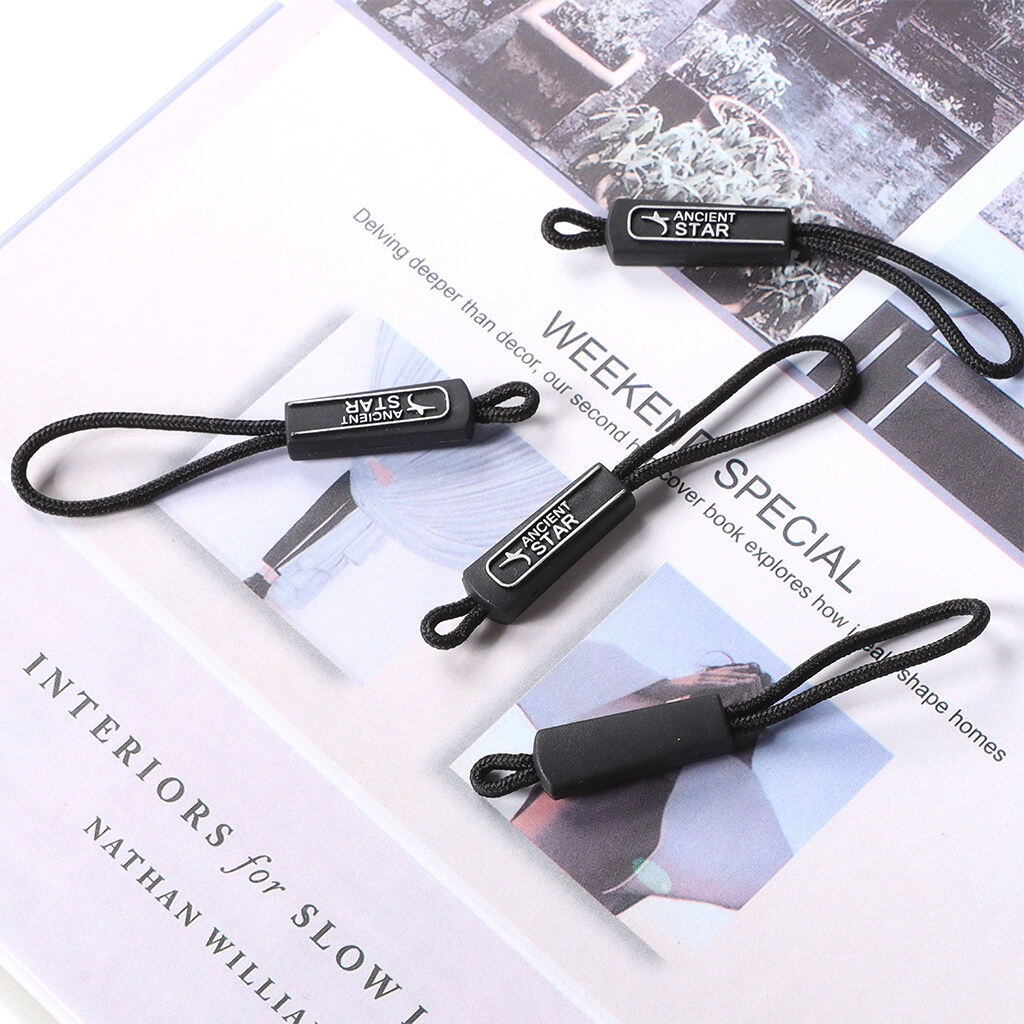Email cannot be empty
Password cannot be empty
Email format error
Email cannot be empty
Email already exists
6-20 characters(letters plus numbers only)
The password is inconsistent
Email format error
Email cannot be empty
Email does not exist
6-20 characters(letters plus numbers only)
The password is inconsistent


In our everyday lives, we often overlook the small mechanisms that make our routines more convenient. Among these unsung heroes is the humble zipper—a simple yet ingenious invention that has revolutionized the way we dress, store, and carry our belongings. From jackets and jeans to bags and tents, zippers are an integral part of our daily lives. But have you ever wondered how this tiny yet essential item, especially the zipper slider, makes its way to products around the world? This is where the concept of "zipper slider import" comes into play, a crucial aspect of global trade that ensures the smooth functioning of countless items we use.
Before diving into the world of zipper slider import, let's take a step back and explore the history of the zipper itself. The zipper's origins date back to the late 19th century, a time of rapid industrial innovation. It was in 1851 when Elias Howe, the inventor of the sewing machine, received a patent for an "Automatic, Continuous Clothing Closure." However, his design was rudimentary and didn't gain much attention.
The breakthrough came in 1913, when Gideon Sundback, a Swedish-American electrical engineer, improved upon earlier designs to create the modern zipper. Sundback's design featured interlocking teeth and a sliding mechanism to join them—a concept that remains the foundation of zippers today. The invention was initially used for boots and tobacco pouches, but its applications quickly expanded to clothing, luggage, and a variety of other products.
To understand the importance of zipper slider import, it's essential to grasp the anatomy of a zipper. A zipper is composed of several key components:
While all these components are crucial, the slider is perhaps the most important, as it enables the entire mechanism to function. Without a well-made slider, a zipper could jam, break, or fail to operate smoothly—rendering the entire product useless.
Given their importance, it's no surprise that the production and distribution of zipper sliders are a global affair. Zipper slider import plays a significant role in ensuring that manufacturers worldwide have access to high-quality sliders that meet specific requirements, whether it's for fashion, outdoor gear, or industrial applications.
Zipper production is concentrated in several key regions around the world, with Asia, particularly China, being a major hub. Cities like Ningbo and Yiwu are renowned for their vast manufacturing capabilities, producing millions of zippers and sliders every day. These areas have developed specialized expertise and infrastructure, allowing them to dominate the global market.
However, other countries also contribute to the global zipper industry. Japan, for instance, is home to YKK, one of the largest and most respected zipper manufacturers globally. YKK's zippers are known for their durability and smooth operation, making them a preferred choice for high-end fashion brands and outdoor equipment manufacturers.
The process of zipper slider import is a complex and well-coordinated operation. It involves several steps, starting from the selection of the right slider type to its final integration into the end product. Here's a closer look at how this process unfolds:
Selection: Manufacturers first identify the type of slider they need based on the product's requirements. Factors such as material (metal or plastic), size, and design are considered. For example, heavy-duty sliders might be chosen for luggage, while lightweight plastic sliders might be used for apparel.
Supplier Identification: Once the type of slider is determined, manufacturers seek out suppliers who can provide the specific slider in the required quantity and quality. This often involves researching suppliers from countries known for their expertise in zipper production.
Negotiation and Procurement: After identifying potential suppliers, manufacturers negotiate terms such as price, delivery time, and payment conditions. Quality control is a critical aspect at this stage, as substandard sliders can lead to product failures and customer dissatisfaction.
Shipping and Logistics: Once the order is placed, the next step is importing the sliders. This involves navigating international shipping logistics, including customs clearance, tariffs, and import regulations. Efficient handling of this stage is crucial to avoid delays that could disrupt production schedules.
Integration into Final Products: After the sliders arrive at the manufacturing facility, they are integrated into the final products. This could be anything from a pair of jeans to a camping tent. The sliders must be attached precisely and tested to ensure smooth operation.
Quality Assurance: Before the final products are shipped to retailers, they undergo rigorous quality checks. This ensures that the sliders work as intended and that the products meet the required standards.

Zipper slider import is more than just a supply chain operation—it's a vital component of global trade that affects various industries. Here are some of the broader implications:
The zipper industry, including the import of sliders, contributes significantly to the economies of manufacturing countries. It creates jobs, fosters technological innovation, and drives export revenue. Countries with a strong zipper manufacturing base often see economic benefits from both domestic production and international trade.
The global trade of zipper sliders has spurred innovation in design and materials. As fashion trends evolve, so do the demands for different types of zippers. For instance, the trend towards sustainable fashion has led to the development of eco-friendly zippers made from recycled materials. Similarly, the outdoor gear industry has driven innovation in waterproof and corrosion-resistant zippers.
Like any global trade operation, zipper slider import faces challenges. Fluctuating raw material prices, changing trade policies, and the need for constant quality control are just a few of the issues that manufacturers must navigate. However, these challenges have also led to creative solutions, such as developing stronger supplier relationships, investing in technology for better quality assurance, and diversifying supply chains to reduce dependency on a single source.
As the world continues to globalize, the importance of zipper slider import is likely to grow. Emerging markets, especially in developing countries, are expected to drive demand for zippers and sliders as they industrialize and urbanize. Additionally, advancements in technology, such as 3D printing and smart textiles, could revolutionize how zippers are produced and used, further integrating them into our daily lives in new and unexpected ways.
The future of zipper slider import will also be shaped by growing concerns over sustainability and ethical manufacturing practices. Consumers are increasingly demanding transparency in how products are made, including the components like zippers. As a result, companies involved in the production and import of zipper sliders may need to adopt more sustainable practices, such as using eco-friendly materials and ensuring fair labor conditions throughout their supply chains.
Innovation will continue to play a significant role in the evolution of zippers and their components. For example, we may see the development of sliders with enhanced durability, specialized coatings for different environments, or even sliders that incorporate smart technology for added functionality. These advancements will not only meet the needs of consumers but also open up new markets and applications for zippers.
The story of the zipper is one of innovation, global trade, and the interconnectedness of economies. The zipper slider, though small, is a critical component that enables the smooth operation of countless products. The process of zipper slider import is a testament to the complexities of modern manufacturing and global supply chains, highlighting the importance of collaboration, quality control, and innovation.
As we move forward, the zipper will continue to be an essential part of our lives, and the import of zipper sliders will remain a key aspect of global trade. Whether you're zipping up a jacket on a cold day, securing your belongings in a suitcase, or using any number of products that rely on zippers, take a moment to appreciate the journey of that tiny slider—from a manufacturing hub halfway around the world to your fingertips. The zipper, in all its simplicity and functionality, is a true marvel of modern design and international cooperation.